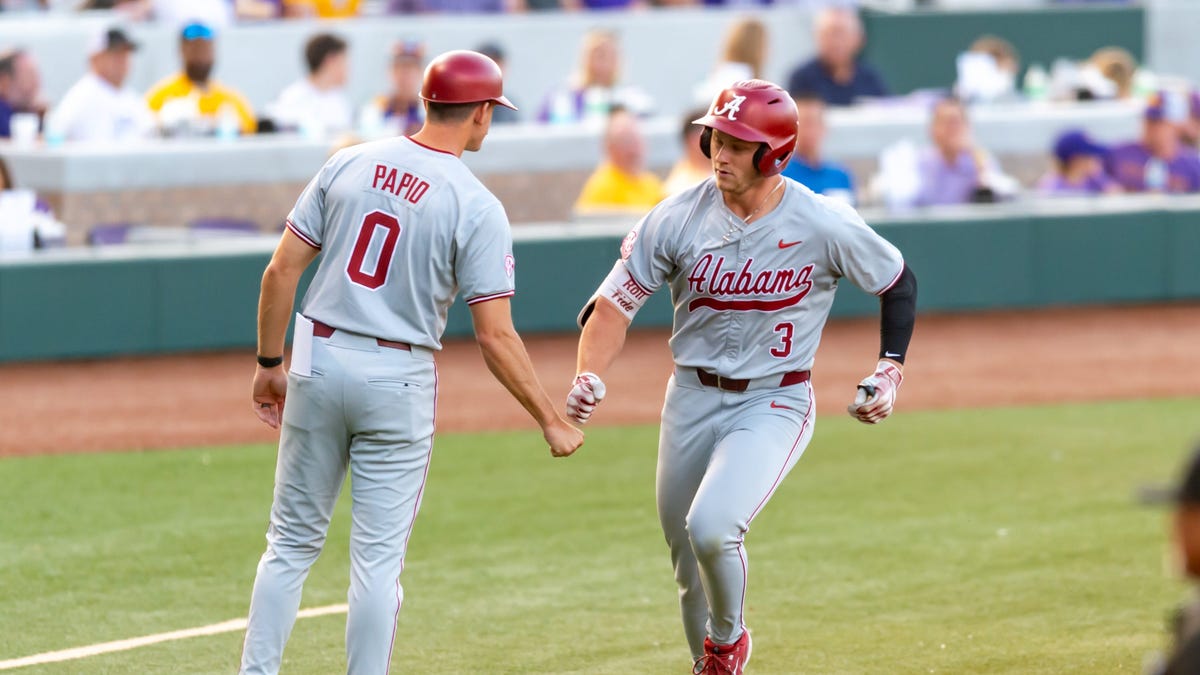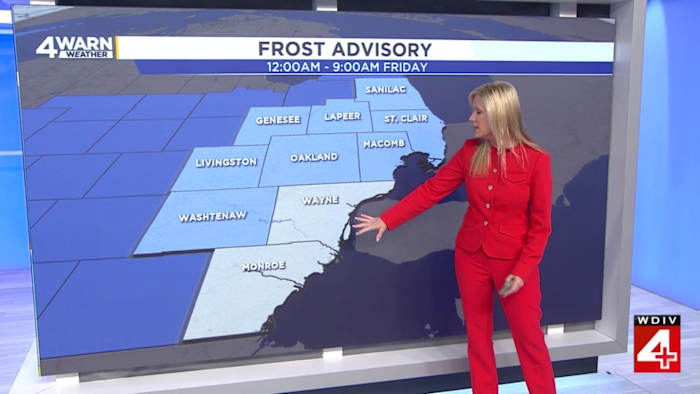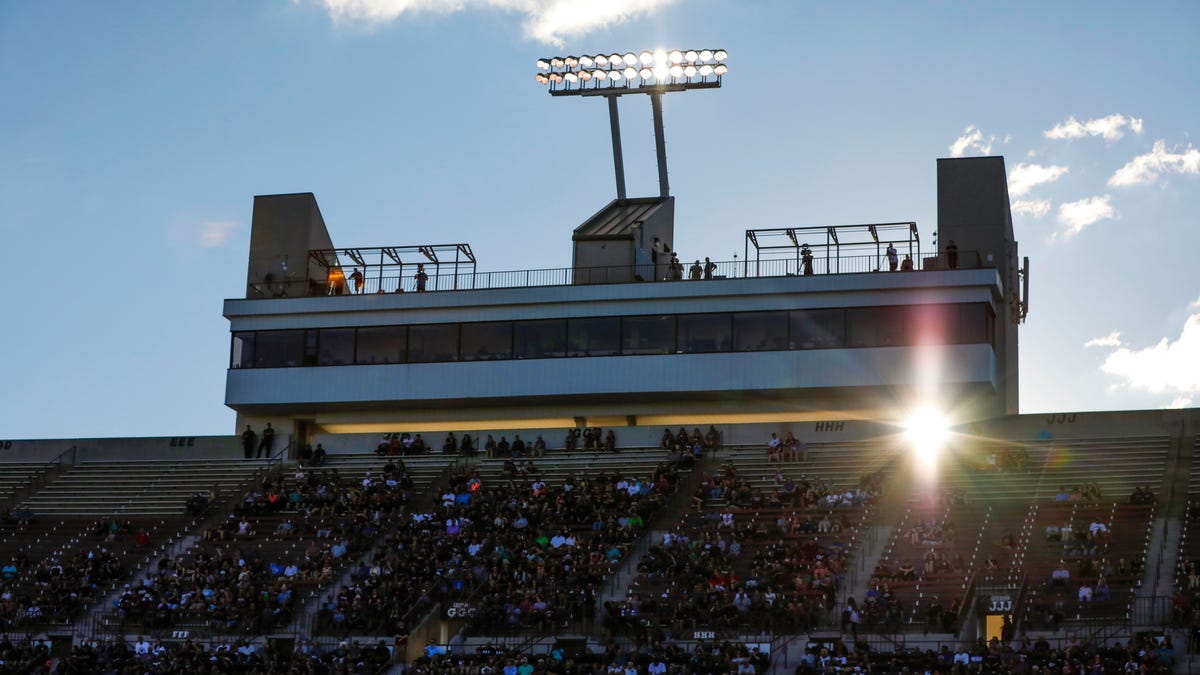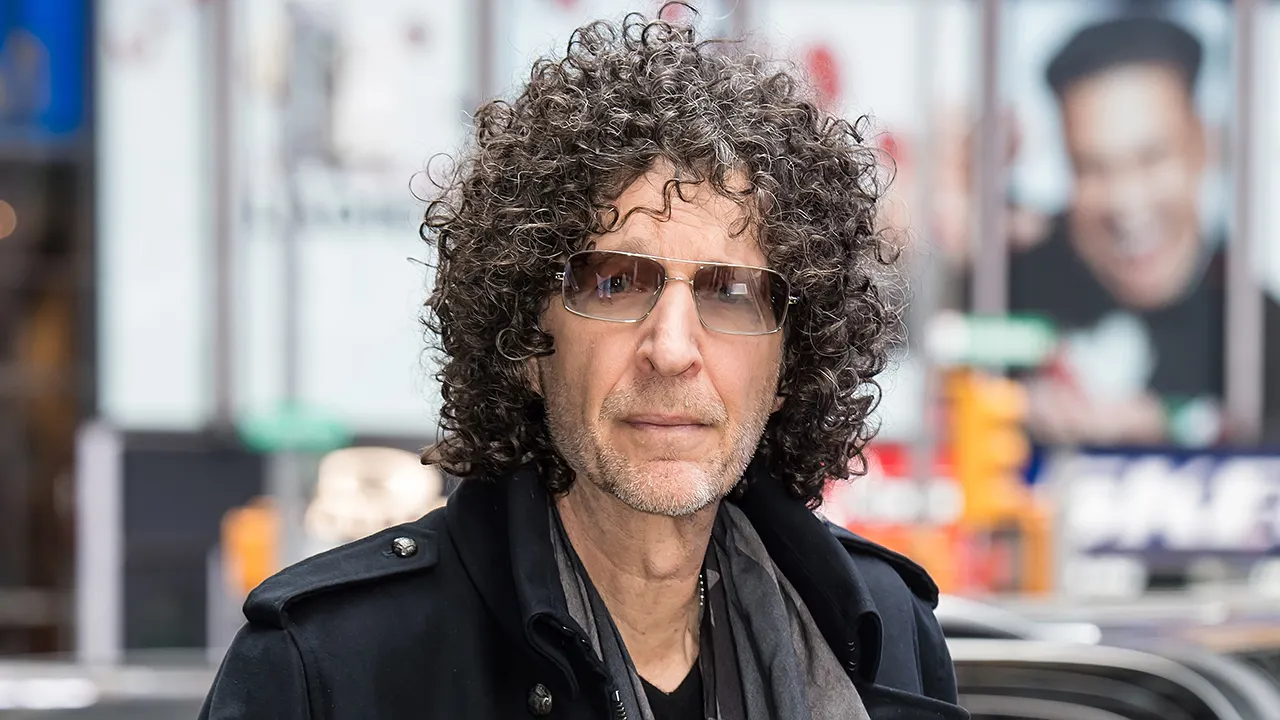The Indoor Athletic Facility Boom in Southwest Missouri High Schools
Southwest Missouri high schools are experiencing a surge in the construction of indoor athletic facilities.
Missouri State is in the early stages of updating its football facilities, and the construction of an indoor facility is on its wishlist as it looks to the future.
Patrick Ransdell, the school’s athletic director, said the university is weighing several options as it prioritizes the future of Plaster Stadium and the football program’s different operational needs.
“We’re in the process of having those discussions,” Ransdell said. “I think sometime over the next 12-25 months, we’re going to be able to roll some stuff out there and have some dirt being moved. But it’s going to take a long time.”
Indoor athletic facilities have been popping up at several high schools across the Ozarks. Most are funded via no-tax-increase bond issues, while Missouri State would raise money privately.
What is currently a higher priority for Missouri State football facilities?
At the top of the athletic department’s priorities, Ransdell is trying to satisfy the football program’s operational needs. That includes different meeting rooms, locker rooms, weight rooms, and offices.
Different options are being explored, such as repurposing some of the classrooms and the weight room in the building attached to Plaster Stadium’s west bleachers or renovating McDonald Arena.
Renovating McDonald Arena, built in 1940, would require upgrades to the building’s roof and air conditioning. There’s hope that the school could receive help from the state if it were considered a historic building. The idea would be to put a weight room and different meeting rooms inside, but renovating it could cost more than building something new.
What would a Missouri State football indoor facility look like and how much will it cost?
An indoor practice facility isn’t ideal for McDonald Arena, as it wouldn’t provide enough space. Coming from Appalachian State, Ransdell saw the football program try to navigate having a 60-yard indoor facility, which led to some complications when trying to practice both offense and defense simultaneously.
If Missouri State is going to build an indoor football facility, it will want one that’s an entire field.
Ransdell would also prefer the potential building to be free-standing rather than a bubble. Tulane recently announced a 65-70-yard indoor bubble for an unspecified amount. Former Missouri Valley Football Conference foe Illinois State opened a bubbled facility in 2023 for $11.5 million.
For reference, the full-football-field-sized free-standing indoor facility nearing completion at Nixa High School will cost $18 million.
“There are options and we just gotta figure out what’s best for Missouri State,” Ransdell said. “I would prefer something more permanent.”
Where would an indoor Missouri State football facility go?
Missouri State can want an indoor facility, but the lingering question about such a project is where to locate a large building. There’s not a lot of open space on the university’s campus.
According to Ransdell, the parking lot south of Grand, across the street from Plaster Stadium, is among the possible locations. The university owns just over 20 acres of land east of Dollison Avenue and west of National Avenue. About half of the land is parking, with another four acres of a detention basin.
The location would make logistical sense for the football program, especially if it constructs a building in the south endzone of Plaster Stadium with locker rooms and coaches’ offices.
While the current zoning of most of the property could allow for an athletic facility, it would have to conform to height limitations outlined in the Springfield City Code. There is no set maximum height allowable for the current Government and Institutional use district zoning, but all structures would have to be below a 30-degree bulk plane from the nearby single-family properties. That means the structure would have to be set further away from the residential properties to gain more height.
“We may need to start constructing more parking garages,” Ransdell said. “At the end of the day, space isn’t just a Missouri State problem. It’s a problem for a lot of people. What do you do with it, and how do you best utilize it? I think we’re having some discussions right now.”
Ransdell also mentioned another possibility: the former field hockey stadium, just north of Hammons Student Center, which hosts the club lacrosse program.
How would a Missouri State football indoor facility be paid for?
Ransdell reiterated that a potential indoor facility at Missouri State will take time. In a way, he said the school is backed up in its endzone and is looking to move the ball down the field when attempting to raise money for the various projects it’s pursuing.
Ransdell said it will take some creativity to create chunk plays. The school has ideas, whether it’s getting creative with its partnerships and potential deals with the city. Gaining 15 to 20 yards at a time is ideal. At some point, Missouri State will likely launch a capital campaign to advance the ball further, but Ransdell wants to see steps taken before then.
“I think, if you look over the next decade, it’s certainly a priority,” Ransdell said. “In the short term, we have to address a few needs with our football program specifically. With that said, if somebody wanted to walk in tomorrow with a $25 million check, all of a sudden, it becomes priority No. 1, and we’ll figure it out. It’s all about the direction of your fundraising and how well those conversations go with what becomes a priority.”
What will be new at Plaster Stadium at Missouri State this fall?
In the meantime, Ransdell is focused on preparing for the 2025-26 season and the changes the college sports landscape may bring with the impending final approval of the NCAA-House settlement.
Plaster Stadium is approaching the end of the installation of its new turf surface, and it will soon replace its current lights with LED. Behind the scenes, Missouri State has had to upgrade its fiber optics for ESPN broadcasts. The school is in the process of constructing an ESPN docking station outside the stadium for its trucks. It will also replace some of the bench backs throughout the stadium.
Plaster Stadium will also feature a renovation to Dr. Richard “Biff” Williams’ suite and at least one more, allowing the school to showcase what it wants to do with the remainder of the suites. Ransdell also teased that there will be “more visually pleasing aspects” to the stadium that will be completed by the end of the summer. He declined to give it away, but said that when driving west down Grand, “you’ll definitely know whose stadium it is.”
“This has been a pretty substantial investment from the university standpoint,” Ransdell said.
News-Leader reporter Marta Mieze contributed to this report































